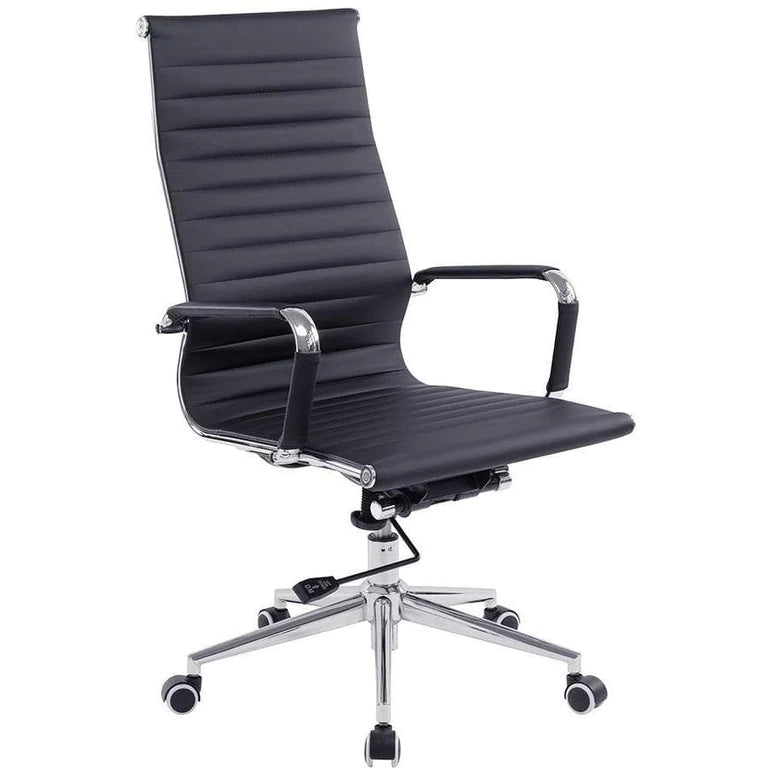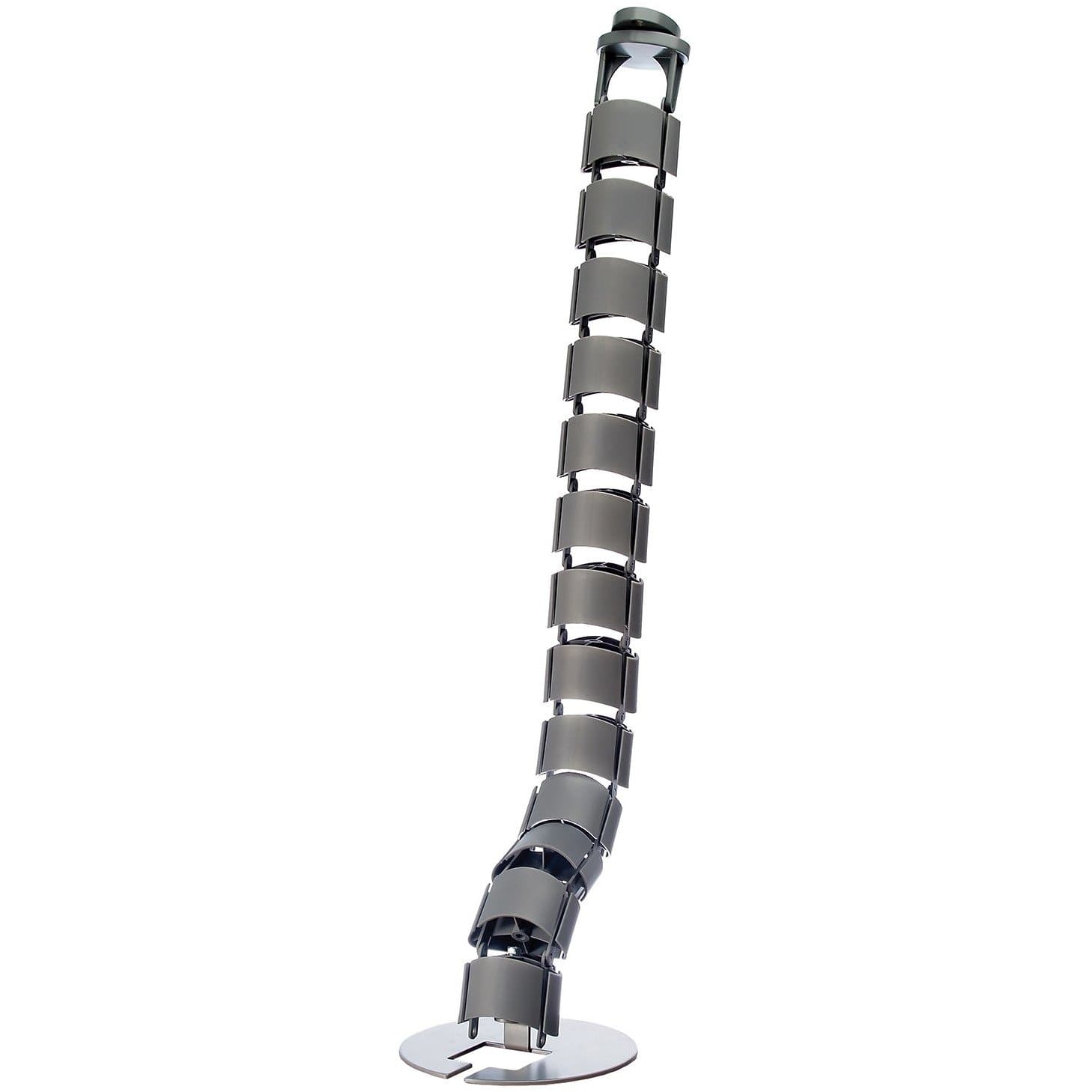
Office Desk Etiquette in Shared Spaces

In shared office environments, maintaining a harmonious and productive workspace is crucial. This article offers practical guidance on managing personal and communal desk spaces, focusing on cleanliness, noise control, and personalization boundaries.
Cleanliness: A Cornerstone of Shared Desk Etiquette
Cleanliness in a shared office is not just about aesthetics; it's a matter of respect and professionalism. Here are key practices to ensure a clean and organized workspace:
- Regular Cleaning: Regularly clean your desk area, including wiping down surfaces and organizing your workspace at the end of each day.
- Mindful Eating: If eating at your desk is allowed, be considerate about odors and mess. Dispose of food waste promptly and avoid leaving dirty dishes or utensils around.
- Clutter Control: Keep personal belongings to a minimum and ensure they do not encroach on others' spaces. Utilize drawers and shelves to store items not in immediate use.

Noise Management: Balancing Collaboration and Concentration
Noise is a significant factor in shared workspaces. Striking a balance between collaboration and the need for quiet concentration is key:
- Volume Control: Be mindful of your speaking volume, especially when on calls or in virtual meetings. Use headphones for calls and video conferences when possible.
- Soundproofing Strategies: Offices can incorporate sound-absorbing materials, like carpets and acoustic panels, to minimize noise travel.
- Quiet Zones: Establishing designated quiet areas can be beneficial for tasks requiring high concentration.

Personalization Boundaries: Respecting Shared Aesthetics
While personalizing a desk space makes it feel more comfortable, it's important to respect shared aesthetics:
- Subtle Personalization: Opt for minimal and professional desk accessories. Family photos or plants can add a personal touch without overwhelming the space.
- Avoiding Controversial Items: Steer clear of decorations or items that could be offensive or inappropriate in a professional setting.
- Color Schemes and Consistency: Adhering to a general color scheme or office style helps maintain a cohesive and professional look.

Conclusion
Adhering to these guidelines for desk etiquette in shared spaces fosters a respectful, professional, and pleasant work environment. It's about finding a balance between making your space your own and respecting the shared nature of the office. By being considerate of cleanliness, noise levels, and personalization, employees can contribute to a workspace that is both productive and welcoming for everyone.









